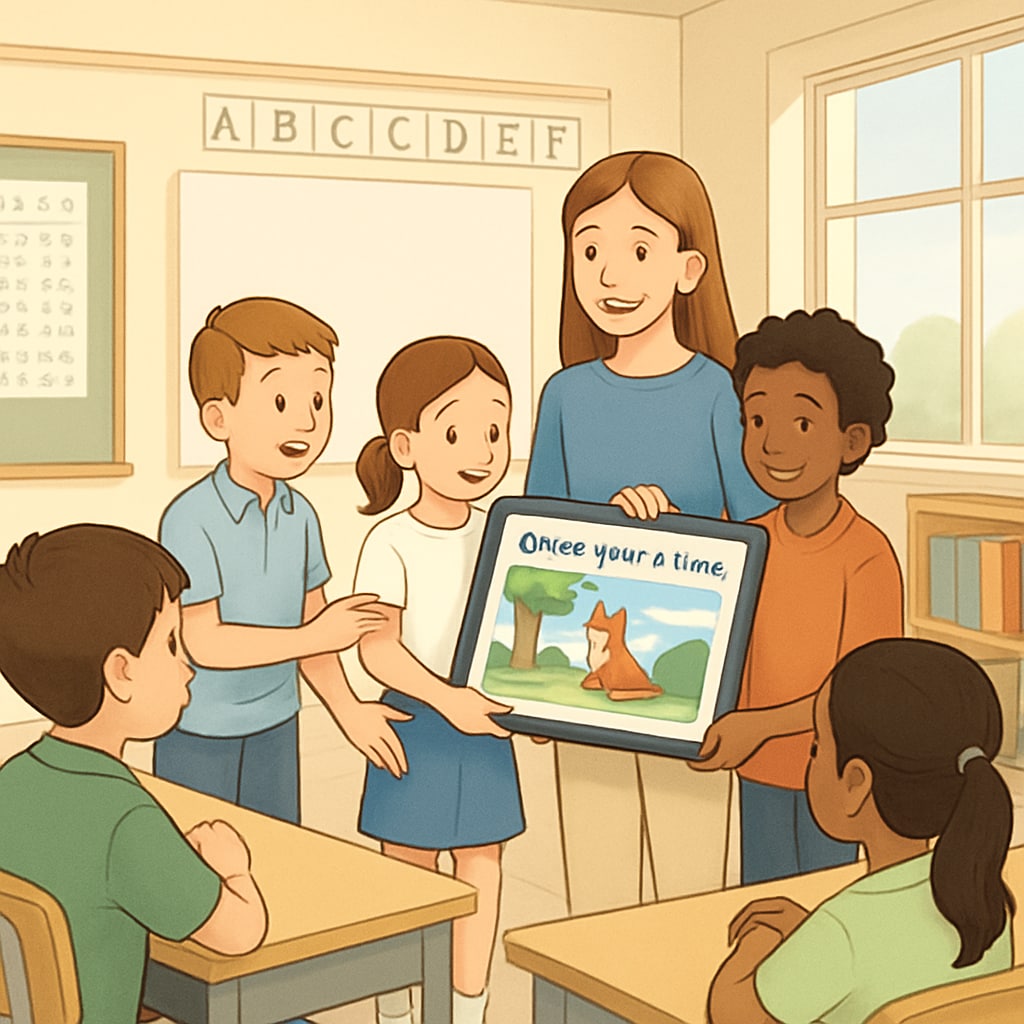Cross-age learning programs, such as those pairing kindergarten and fourth-grade students, offer unique opportunities for growth through collaboration and mentorship. Engaging in structured computer activities and creative projects can help students from these age groups enhance their cognitive development, social skills, and sense of responsibility. By fostering meaningful connections, these initiatives not only enrich academic learning but also build interpersonal skills that last a lifetime.
Designing Collaborative Learning for Kindergarten and Fourth Grade
When designing activities for cross-age learning, it’s essential to consider the developmental differences between kindergarteners and fourth graders. Kindergarten students thrive on exploration and hands-on experiences, while fourth graders are beginning to develop abstract thinking and leadership skills. Structured computer activities can bridge these gaps by offering platforms where both age groups can contribute meaningfully.
For example, a simple coding game like Scratch Jr. can be an excellent activity. Kindergarteners can focus on basic commands and creativity, while fourth graders can guide them through problem-solving and more complex sequences. Such activities encourage teamwork, patience, and mutual respect.
- Introduce age-appropriate software that supports creative problem-solving.
- Pair students for one-on-one mentorship, allowing fourth graders to assist kindergarteners.
- Set clear goals for every session to ensure engagement and measurable outcomes.

Creative Projects to Foster Connection and Growth
In addition to computer-based activities, creative projects offer another avenue for fostering collaboration. Art and storytelling projects can help bridge the gap between the developmental stages of kindergarten and fourth-grade students. For instance, creating a digital storybook can be a fun and educational activity. Kindergarteners can contribute illustrations and ideas for the story, while fourth graders can handle the writing and digital formatting aspects.
Another engaging project involves multimedia presentations. Using tools like Microsoft PowerPoint or Google Slides, pairs of students can create a presentation on a chosen topic, such as “Our Favorite Animals” or “How We Celebrate Holidays.” These activities help develop communication skills and give students a sense of accomplishment upon completing their projects.
- Encourage teamwork by assigning complementary responsibilities to each student.
- Utilize free online tools to create and share projects.
- Celebrate their work with a presentation day where students showcase their efforts.

Benefits of Cross-Age Learning Programs
Cross-age learning programs provide a wealth of benefits for both younger and older students. Kindergarteners gain the opportunity to learn from older peers, which can boost their confidence and accelerate their learning. Fourth graders, on the other hand, develop leadership skills and a deeper sense of responsibility as they mentor their younger counterparts.
Furthermore, these programs help enhance social-emotional learning. Younger students feel supported and encouraged, while older students learn empathy and patience. As a result, the classroom environment becomes more inclusive and collaborative, contributing to the overall growth of all participants.
For more on the importance of mentorship in education, visit Mentorship on Britannica or explore insights on cross-age collaboration at Peer Tutoring on Wikipedia.
Conclusion: Building a Stronger Educational Community
Cross-age learning programs, such as those involving kindergarten and fourth-grade students, are an innovative way to enhance educational experiences. By incorporating structured computer activities and creative projects, educators can foster cognitive growth, social skills, and a sense of responsibility in both age groups. These programs not only improve academic outcomes but also create a strong sense of community within the classroom. By investing in these initiatives, schools can nurture well-rounded and compassionate learners ready to face future challenges.
Are you ready to implement these ideas in your classroom? Start small with a single project and watch as both kindergarten and fourth-grade students thrive through collaboration and shared learning experiences.


